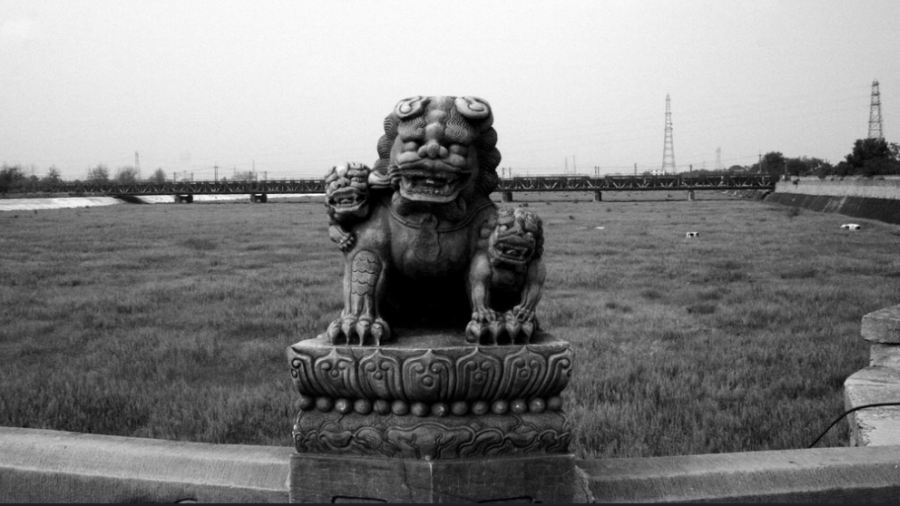
Glencore credited China’s clamp down on mills and smelters with boosting its bottom line in its 2018 H1 released today.
The diversified commodity giant adjusted H1 EBITDA for its metal and minerals division was $6.0 billion, 28% higher than the same period a year ago.
Glencore’s energy division was up 19% to $2.5 billion while agriculture declined 34% to $109 million.
“Industrial metals prices increased over 2017 levels, driven by a healthy global demand picture and lacklustre mine supply growth,” writes the company.
“A surprise on the supply side has been the seriousness and depth of China’s ‘blue skies’ environmental programme, with numerous inspections carried out at mills, smelters and other industrial sites across a spectrum of commodities.”
China is attempting to clean up its environment by revoking mining licenses and halting output at smelters to reduce smog. Beijing and other major cities in China are reporting staggering levels of smog and other pollutants. Glencore noted that electric vehicle sales were up in China while cobalt refineries in the country were forced to reduce output.
Glencore warned that protectionism between the US and China could slow future growth.
“Since period end, global trade protectionist tensions have produced a more negative market sentiment, casting some doubt on future global growth projections, as the two largest economies raise the ante,” writes the company.
Inflation could also be a drag. Glencore said its estimated copper and zinc mine costs higher will be higher than initial FY guidance primarily due to project ramp-up, lower by-product pricing and some modest energy cost inflation.
CEO Ivan Glasberg said in his opening letter to shareholders in the H1 that DRC payments will rise substantially.
“We have invested more than $6.5 billion in the DRC over the past ten years to expand and improve our mining and processing operations and from 2015 to 2017, made tax payments to the DRC government of close to $1.1 billion. Going forward, we anticipate that our economic contribution and payments to government in the DRC will be significantly higher, following the recent resumption of copper and cobalt production at Katanga. In addition, the DRC government enacted a New Mining Code with significant changes to the royalties and taxation requirements amongst other non-financial provisions. The implementation and applicability of these new regulations remain uncertain.”
Creative Commons image of lion courtesy of Gabriele Battaglia
Comments
Emma M Mzyece
Hello Author, Iam not very clear on these issues raised by Glencore, please elaborate? I used to work for one of their large holdings in Zambia Central Africa where they have invested hugely in Copper.